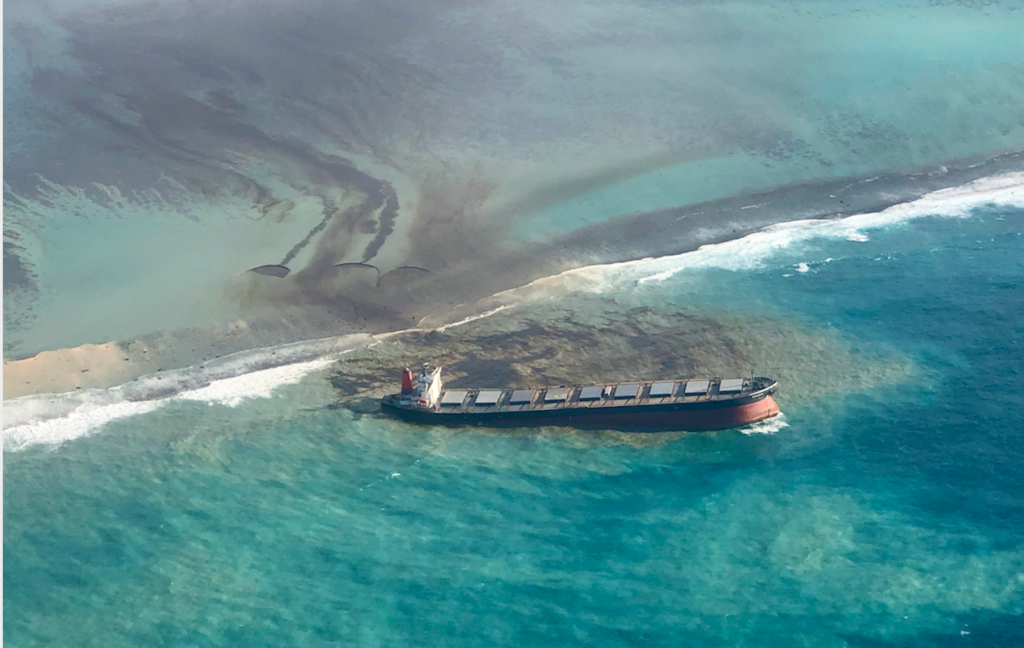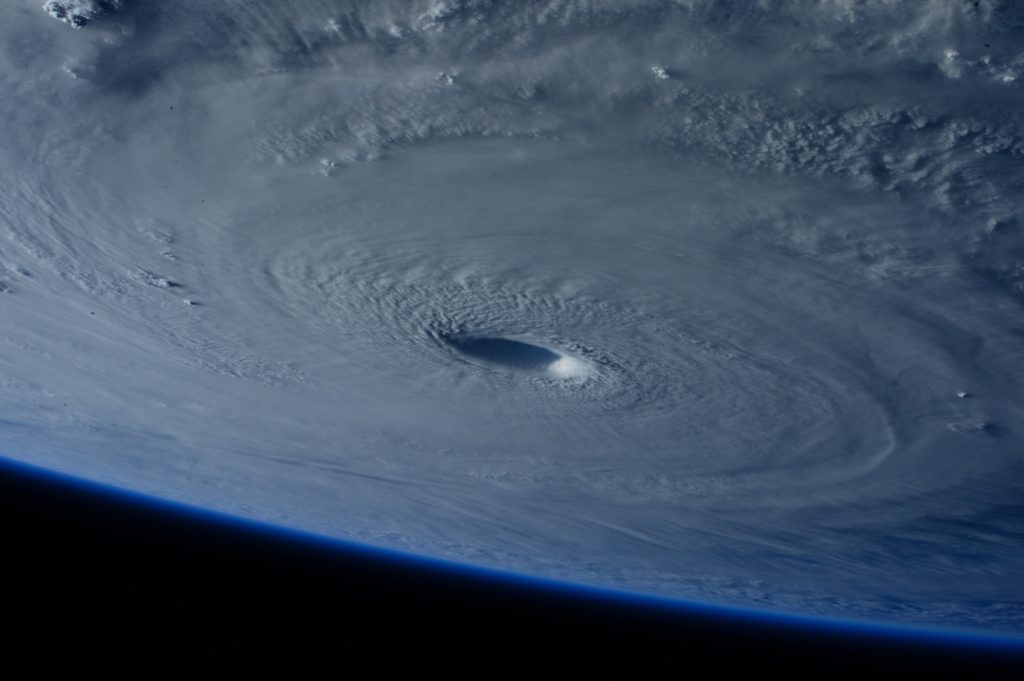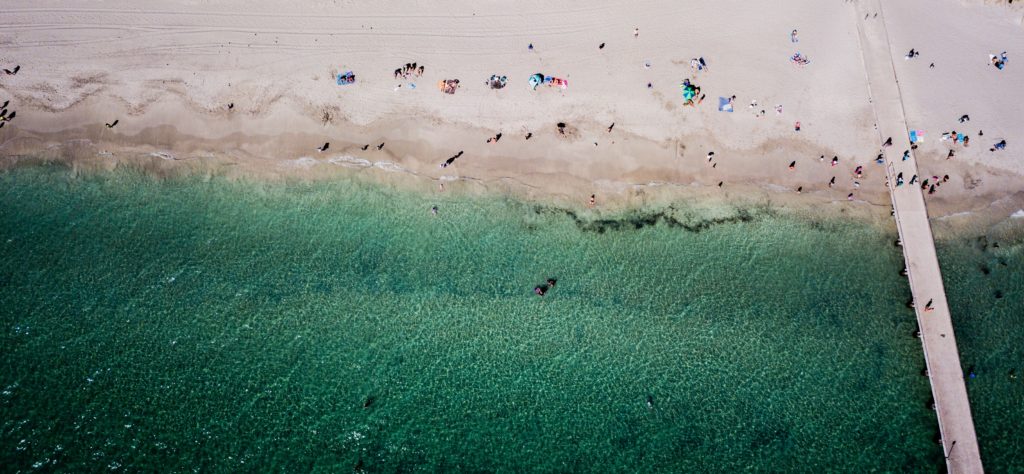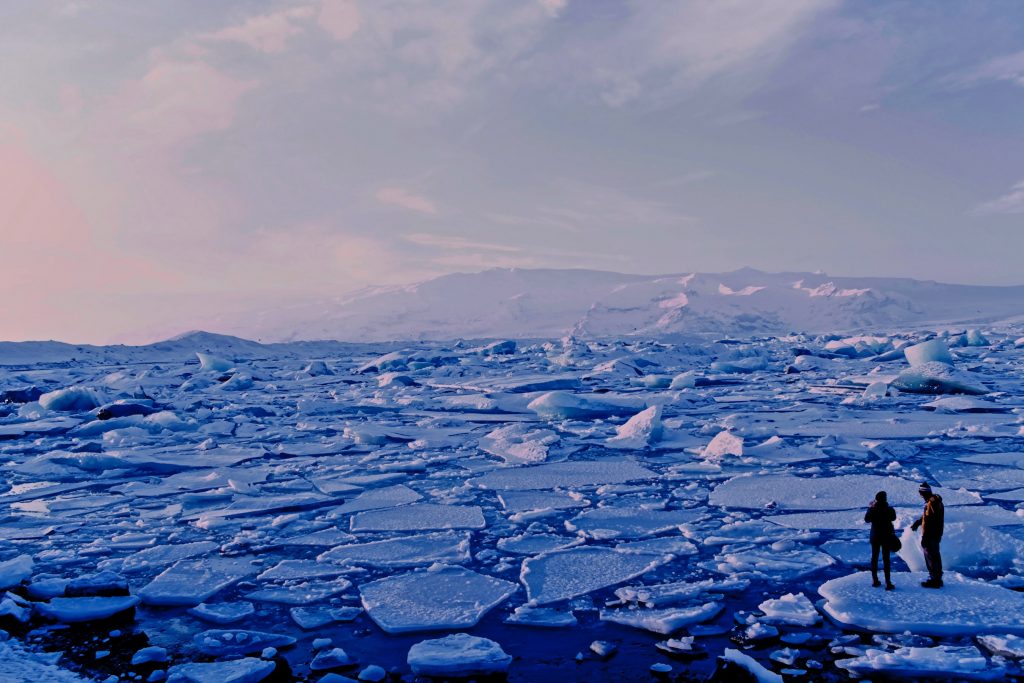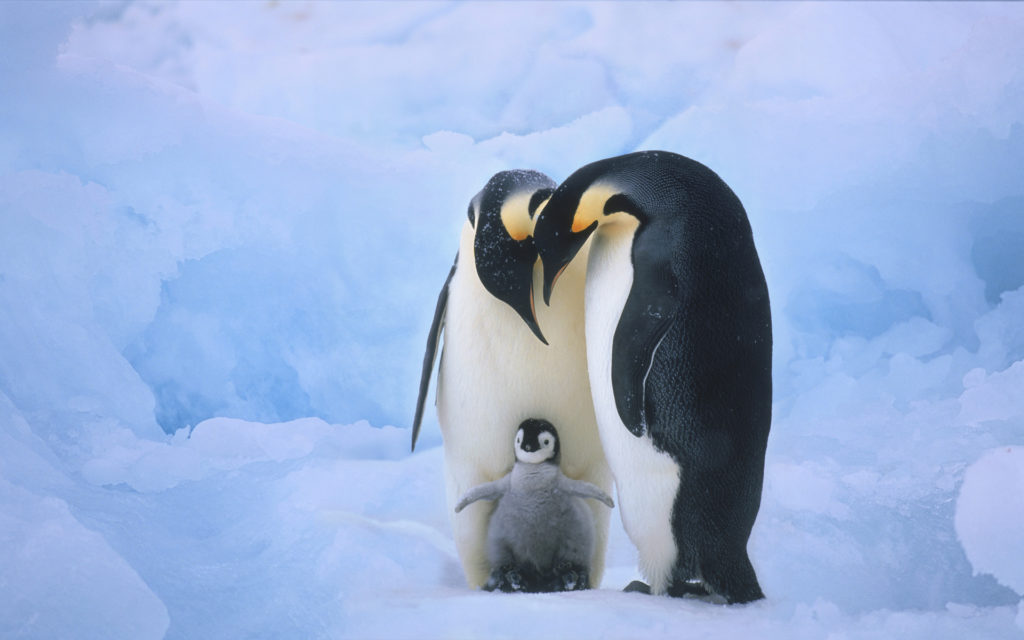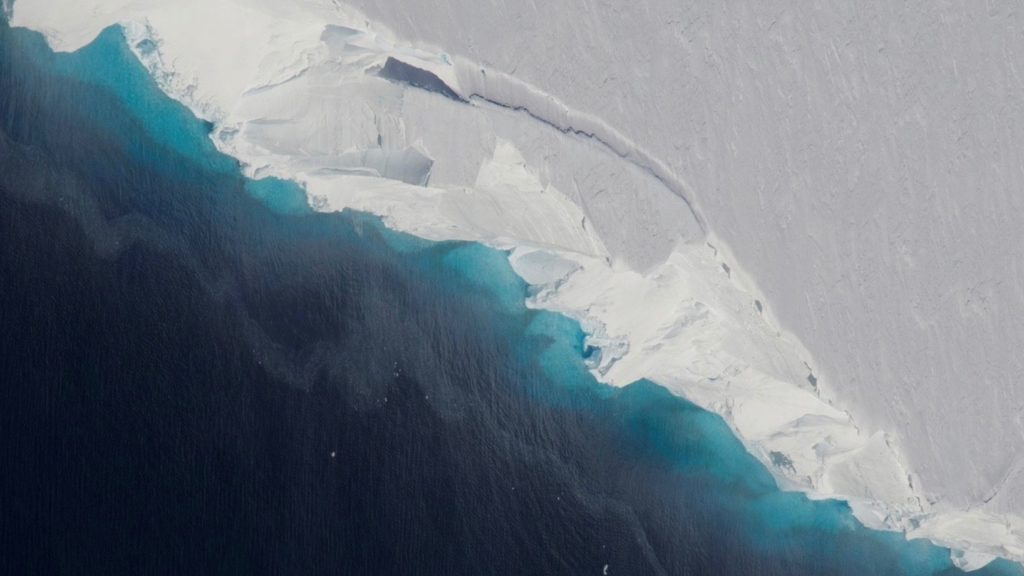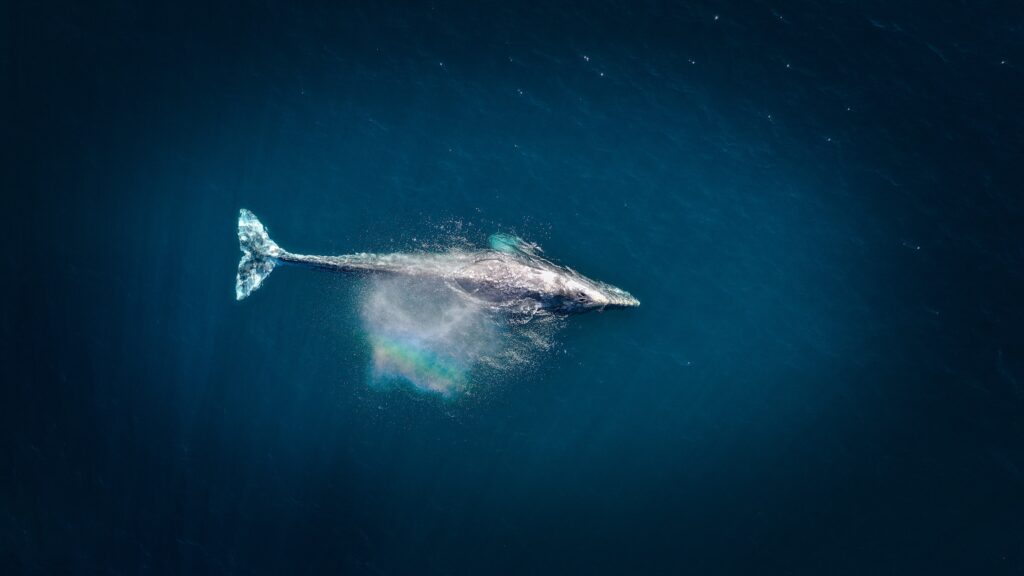
Why Whales Are Important For Carbon Sequestration
Whales are a key component in ensuring planetary equilibrium. One of their least appreciated contributions is their positive impact on carbon sequestration. Protecting whales not only helps reach climate objectives but can also shed new light on the value of nature based solutions.

